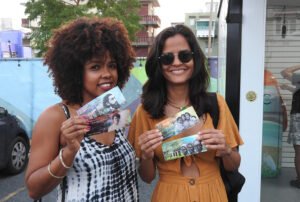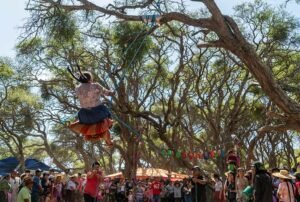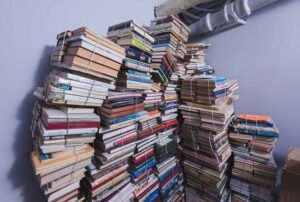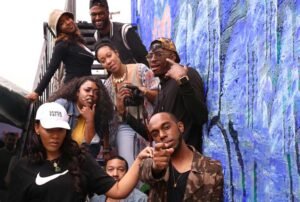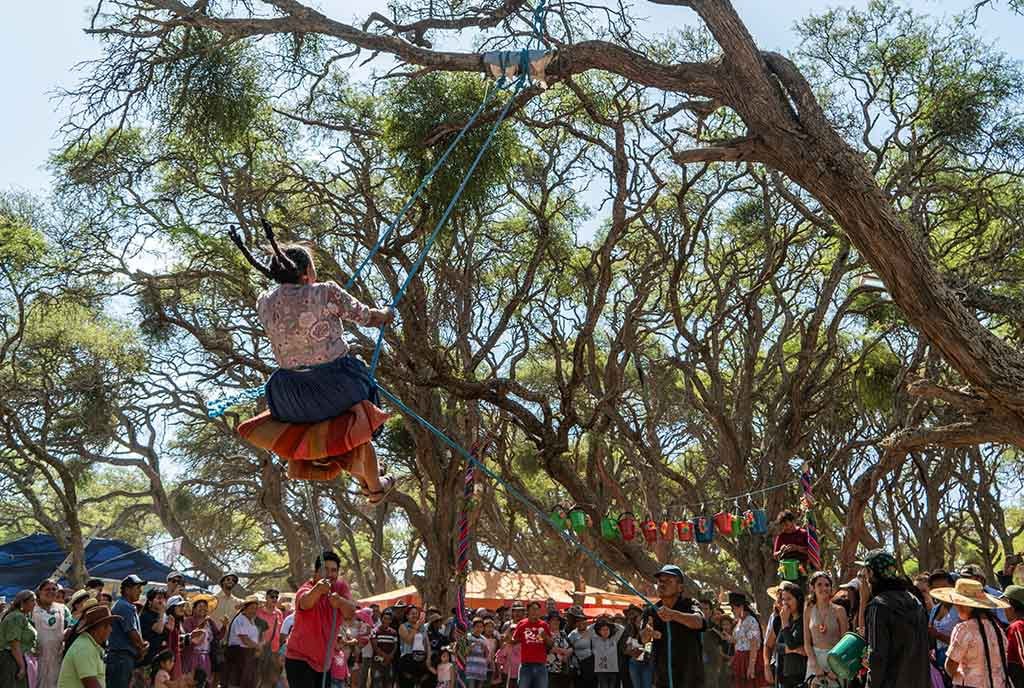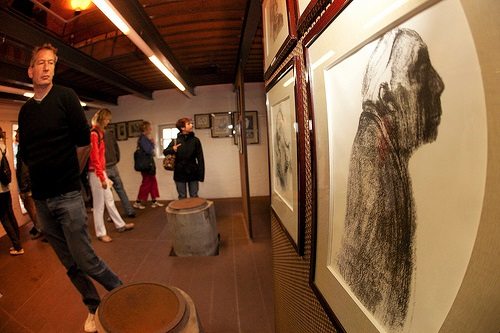
The history of women in art has traditionally been about the pieces in the museum or gallery, rather than about the artists who created the art that’s there. That’s because so little of the art is by women, and few women artists have gained the access and the level of acceptance and success their male counterparts have in the male dominated art world.
The work of women artists has been barred, banned, and belittled in past generations, and even now, many would agree, they are significantly underrepresented in public and private collections around the world. In fact, the National Museum of Women in the Arts (NMWA) in Washington, D.C., founded in 1987, still bills itself as “the only major museum in the world solely dedicated to women’s creative contributions.”
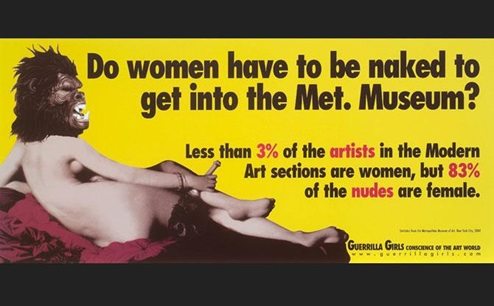
But now, Valeria Napoleone, a philanthropist and art collector who has made women’s art the sole focus of her own collection since she began collecting in the early 1990s, has launched a global project in conjunction with the Contemporary Art Society in London and the SculptureCenter in New York to try to help even the score. According to ArtNet News, the new project, entitled “Valeria Napoleone XX,” will “endeavor to increase the number of commissions and number of female artists in public collections.” The first work was a commission by Anthea Hamilton from SculptureCenter in New York.
Sign up for our free newsletters
Subscribe to NPQ's newsletters to have our top stories delivered directly to your inbox.
By signing up, you agree to our privacy policy and terms of use, and to receive messages from NPQ and our partners.
“The UK project will see a work from a female artist donated to a museum each year,” ArtNet News reports. To qualify for the UK project, institutions have to examine their collections, identify where they lack female artists’ work, and then make a case to be a candidate for the donation. If chosen, the museum will then host a solo show for the female artist. “Institutions who are members of the Contemporary Art Society and interested in the project can apply to the CAS and Napoleone for consideration from April 2016.”
There’s a lot of work to do to achieve parity, as evidenced by stats on the National Museum of Women in the Arts website. They report that while 51 percent of visual artists today are women and women earn half the MFAs granted in the U.S., only a quarter of solo exhibitions in L.A. and New York galleries feature women. In Europe, at the Venice Biennale, the 2009 edition featured 43 percent women, but in 2013 and 2014, the numbers dropped to only 26 percent and 33 percent respectively.
“Museum collections necessarily reflect historical gender imbalances and the 20th and 21st centuries have seen many more female artists achieving international recognition,” said Caroline Douglas, director of Contemporary Art Society. “But there’s still work to do. In joining forces with Valeria Napoleone, we have a unique opportunity to proactively help our Museum Members build collections that accurately reflect the diversity of great work being produced by living artists.”
NMWA’s director, Susan Fisher Sterling, has concurred, saying, “Women in the arts receive more recognition than they used to, but you only have to look at the winter auctions in London to see that we’ve got a long way to go: none of top 100 prices were for pieces by women artists. Unfortunately, when you’re dealing with issues that are very entrenched, like those to do with power and money, it takes a long time to see a significant change.”
And then there’s the perception of value, which also needs to change. As Georgia O’Keefe famously said, “The men liked to put me down as the best woman painter. I think I’m one of the best painters.”—Susan Raab


